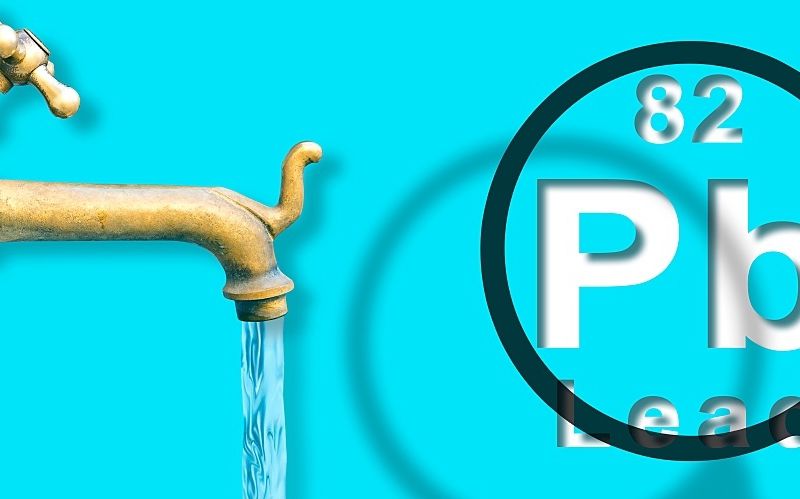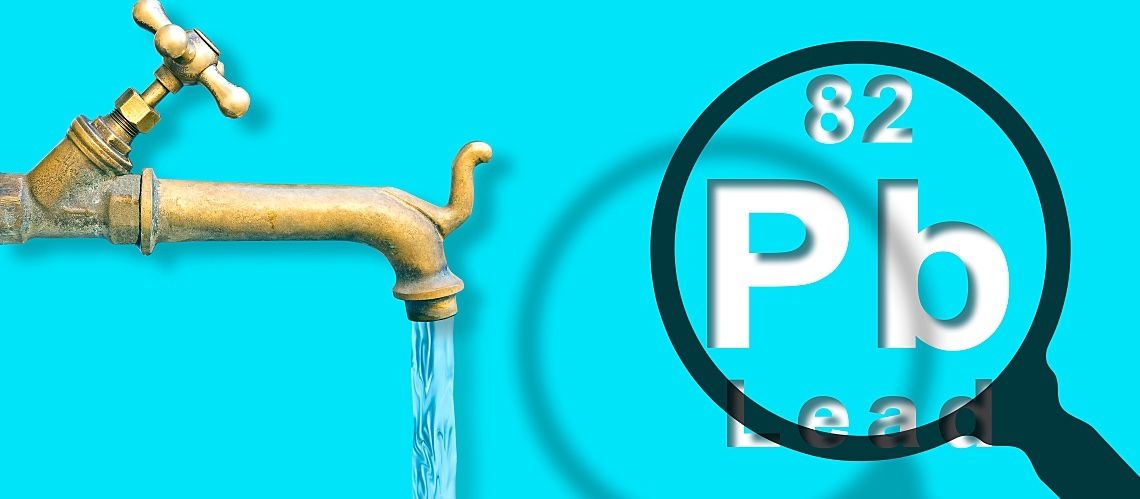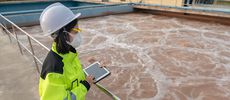EPA Revised Lead and Copper Rule Will Lead to Safer Drinking Water


Health experts agree: There is no safe level of lead exposure, which is why the U.S. Environmental Protection Agency (EPA) has set the maximum contaminant level for lead in drinking water at zero.
The big problem: An estimated 10 million American households receive drinking water through lead pipes, with up to 1.2 million children affected by lead poisoning.
To address this pervasive health risk, the EPA has launched the first ever review of the Lead and Copper Rule (LCR) established under the Safe Drinking Water Act (SDWA). This review is aimed at protecting the most at-risk communities from lead in drinking water, removing lead service lines, and providing more equitable protection of public health.
In this article, we give an overview of the major changes to the LCR as well as key compliance dates and what it means for municipal water labs.
Proposed Changes to the EPA's Lead and Copper Rule
The bipartisan infrastructure bill Congress approved in late 2021 sets aside $15 billion for replacing the six to 10 million lead pipes still in use in the U.S., with the LCR also up for review under the new law. Key areas of focus for the proposed changes to the LCR include:
- Creating an inventory of all lead service lines (LSLs), with a goal of full replacement of all lead service lines in the next 10 years.
- Strengthening compliance tap sampling requirements to better identify areas of elevated lead and copper, including requirements to test schools and child care centers and notifying them of samples in exceedance of 15 parts of lead per billion parts of water (ppb).
- Requiring corrosion control treatment when tap sample results exceed the new 10 ppb trigger level.
- Reducing complexity of action levels and trigger levels to accelerate risk mitigation efforts.
- Requiring water utilities to publicize where lead service lines are located; also, notifying users within 24 hours when a residential sample exceeds 15 ppb.
- Prioritizing underserved communities that have been disproportionately affected by elevated lead in drinking water.
Current Status and Compliance Deadlines
The initial Lead and Copper Rule Revisions (LCRR) published under the previous administration were at first slated to go into effect in January 2021. As part of its review of the LCRR, the EPA delayed that effective date while gathering public input from impacted communities, states, tribal authorities, and water utilities.
On December 16, 2021, the LCRR officially went into effect, with the EPA announcing a new proposed rule, the Lead and Copper Rule Improvements (LCRI), to strengthen elements of the LCRR. The agency plans to finalize the LCRI by October 16, 2024, which is the first compliance date in the LCRR.
What's important to note is that compliance with certain provisions of the LCRR won't be delayed while the agency develops the new LCRI. Specifically, developing LSL inventories will be prioritized. This is a complex process that will require collaboration between state agencies and local water systems.
Implications for Water Utilities
One of the biggest implications for water utilities will be a requirement to submit data to an LSL inventory by the initial October 16, 2024 compliance date. The EPA plans to release guidance for developing LSL inventories, including best practices, success stories, and templates.
Compliance tap sampling and associated action and trigger levels are another key component of the new rule that may impact water utilities. Under the rule, additional samples must be analyzed for lead and copper to better characterize the source of lead in drinking water. Based on Michigan's 2018 revision to its LCR, this expanded sampling protocol could potentially identify a greater number of systems exceeding the action level.
Strengthening Public Health Protection
The forthcoming LCRI will also look at how utilities can address lower levels of lead contamination and improve sampling levels to strengthen public health protection. This will include potentially lowering the action level and eliminating the trigger level to force water utilities to act faster to address potential lead risks. The EPA also says it will look at whether trigger level requirements are even necessary should a more protective lower action level be adopted.
Finally, once LSLs have been replaced, water utilities will need to consider additional testing to ensure water flowing through new pipes is safe for drinking. Key concerns include enteric bacteria such as E. coli as well as non-enteric bacteria such as Legionella pneumophila and Pseudomonas aeruginosa.
Lead in drinking water poses significant health risks to all people, with even low levels of lead impacting children's brain development. The upcoming changes to the LCR aims to reduce these risks, fully replacing LSLs and reducing confusion around trigger and action levels. Water utilities should begin educating themselves now on the steps they'll need to take in order to meet the October 2024 compliance deadline.






